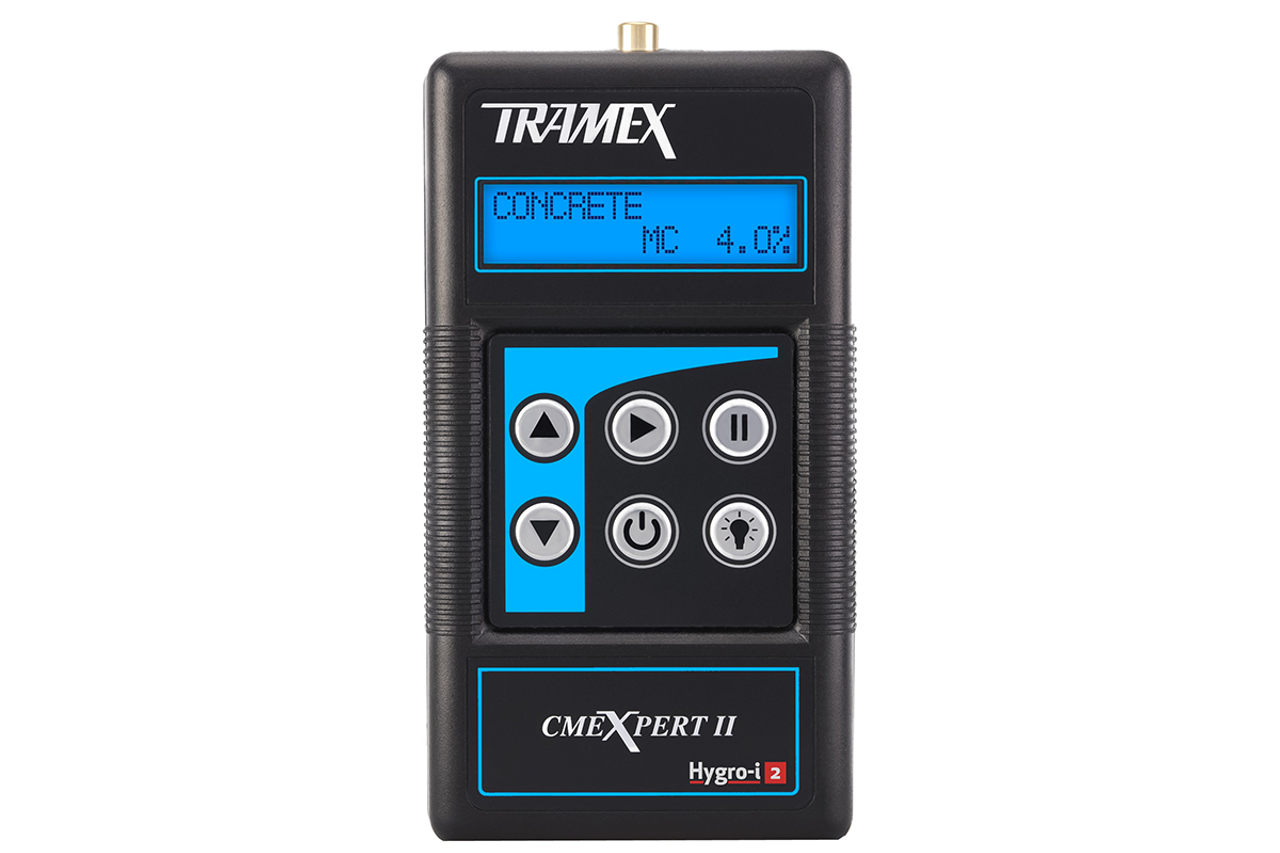The Ultimate Guide to Moisture Meters: A Comprehensive Review and Just How They Can Save You Money
In the world of building upkeep, building, and numerous industries, the importance of properly gauging dampness degrees can not be overstated. Wetness meters offer as important tools in spotting and monitoring moisture content in materials, aiding in stopping pricey problems and making sure the high quality of products. Recognizing the subtleties of different sorts of dampness meters, their applications, and the possible cost-saving advantages they supply can be a game-changer for specialists and companies alike. Finding just how these tools can not only simplify procedures yet also contribute to monetary cost savings is a trip worth embarking on.
Sorts Of Moisture Meters
One usual kind is the pin-type wetness meter, which gauges the electric resistance in between two pins placed into a material. Pinless wetness meters, on the various other hand, use electromagnetic sensor plates to scan a larger area without creating damages to the product's surface area.
Infrared wetness meters measure the thermal residential or commercial properties of a material to identify its dampness content non-invasively, making them valuable for applications where pin or pinless meters may not be appropriate. Understanding the various types of dampness meters offered can aid sectors choose the most appropriate tool for their certain wetness measurement needs.

Benefits of Using Moisture Meters

Additionally, making use of wetness meters can bring about boosted energy effectiveness. By recognizing locations with high dampness levels, such as leaks or inadequate insulation, adjustments can be made to boost energy conservation and minimize utility costs. In agricultural settings, dampness meters play an important role in enhancing crop returns by making it possible for farmers to keep an eye on soil wetness levels and make notified irrigation decisions. On the whole, the benefits of making use of dampness meters cover across various markets, providing affordable solutions and promoting much better quality assurance techniques.
How to Pick the Right Moisture Meter
Picking the proper wetness meter entails considering vital elements such as material compatibility, dimension variety, and calibration precision. When selecting a dampness meter, it's important to ensure that the meter is suitable for the particular material you will certainly be screening. Various materials have differing electrical buildings that can affect moisture readings, so picking a meter developed for your product is essential for precise results. In addition, think about the measurement series of the wetness meter. Make sure that the meter can spot moisture levels within the range required for your applications. Calibration precision is an additional crucial element to maintain in mind (Moisture Meter). Choose a wetness meter with dependable calibration to make sure constant and precise analyses. Some meters might need regular calibration get more changes, so understanding the calibration process is necessary. By thoroughly examining these factors, you can select a moisture meter that fulfills your demands and offers exact moisture measurements for your tasks.
Appropriate Techniques for Moisture Meter Use
To make sure precise wetness analyses and maximize the performance of a wetness meter, using correct techniques is important. When utilizing a pin-type dampness meter, put the pins or probes into the product being tested up until they make complete contact. Make certain the pins are vertical to the surface area to get one of the most accurate analysis. For pinless dampness meters, hold the gadget level versus the product and move it slowly to cover the whole area for a typical reading. It's important to calibrate the moisture meter according to the material being examined to improve accuracy. Take several readings throughout the surface and typical them out for an extra dependable result. Additionally, make sure that the product being tested is accustomed to the environment to avoid manipulated readings. Regular maintenance of the dampness meter, such as cleaning the pins or sensing unit, is likewise crucial to ensure accurate and constant readings. By following these proper informative post methods, users can rely upon their moisture meter to supply credible wetness degrees, aiding in stopping expensive damages or guaranteeing quality in various applications.

Price Financial Savings With Moisture Meter Applications
Just how can the calculated usage of wetness meters lead to substantial expense financial savings across numerous industries? In the farming industry, dampness meters aid in determining the ideal time for collecting plants, avoiding excess or over-drying wetness that can influence the last item's quality.

Moreover, in the food processing market, dampness meters are necessary for checking product high quality and guaranteeing conformity with safety regulations. By precisely gauging moisture content in food, manufacturers can stop putridity, maintain freshness, and reduce waste, leading to considerable price financial savings. On the whole, the calculated application of wetness meters is a useful financial investment that can result in substantial expense reductions and improved efficiency across various sectors.
Verdict
In verdict, wetness meters are useful devices for spotting and measuring moisture degrees in various materials. By making use of the right wetness meter and adhering to correct methods, customers can properly stop costly problems triggered by excess moisture.
Wetness meters offer as crucial devices in discovering and checking moisture material in products, assisting in avoiding pricey problems and making sure the top quality of products. Infrared wetness meters gauge the thermal properties of a material to establish its moisture content non-invasively, making them valuable for applications where pin or pinless meters might not be suitable.Moisture meters provide invaluable advantages in precisely analyzing and keeping an eye on wetness degrees in varied products and settings. In farming setups, wetness meters play a critical duty in enhancing plant returns by allowing farmers to keep an eye on dirt wetness levels and make educated irrigation decisions.In conclusion, moisture meters are useful tools for determining and identifying wetness levels in different materials.